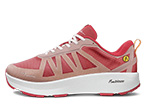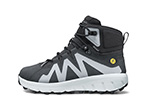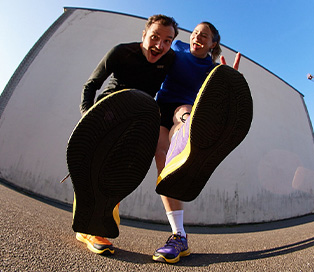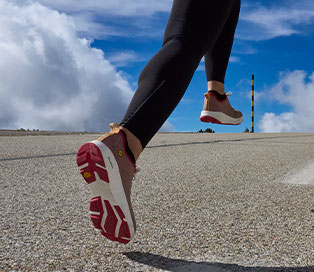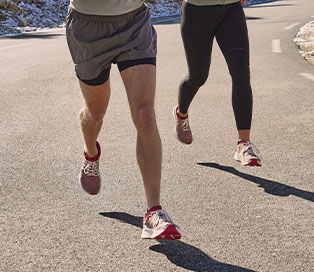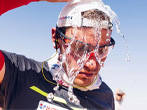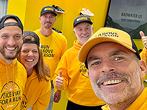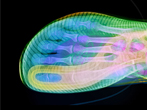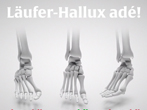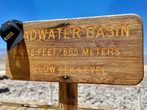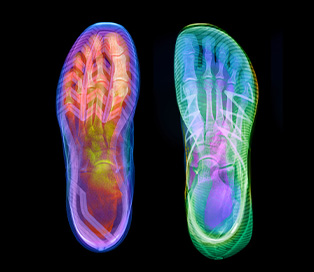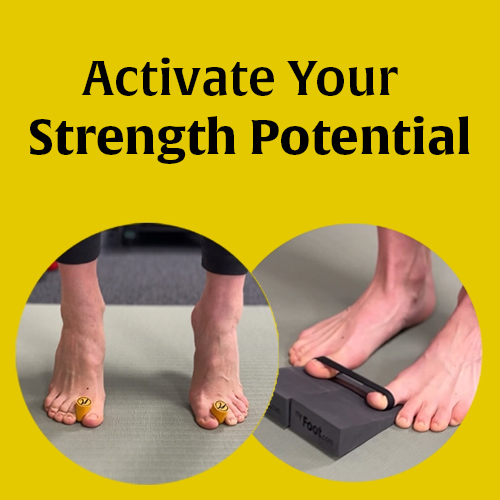4 effective exercises
to avoid 'runner's hallux'
4 effective exercises that help to avoid 'runner's hallux'Together with Lee Saxby, one of the most famous running coaches and biomechanists, we have developed these simple exercises to help you regain the full strength potential of your toes.
In the beginning, it's usually enough to focus on a single exercise and practice it once a day, for example, in three sets of 10 repetitions each. Your feet have probably become accustomed to conventional running shoes over decades, which limit the function of your toes. However, with a little discipline (like marathon preparation) you will surely reach your goals.
If you suffer from medical conditions or have been diagnosed with pre-existing foot problems, we advise you to consult with your physician before beginning the foot yoga exercises. Please also read the disclaimer* at the bottom of the page.
